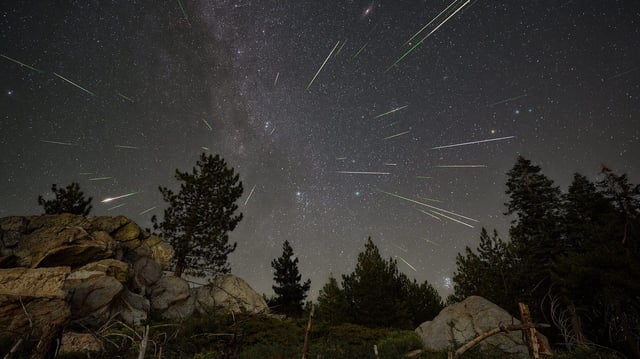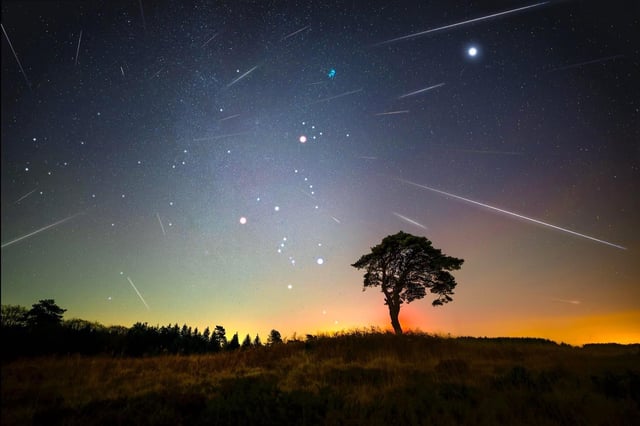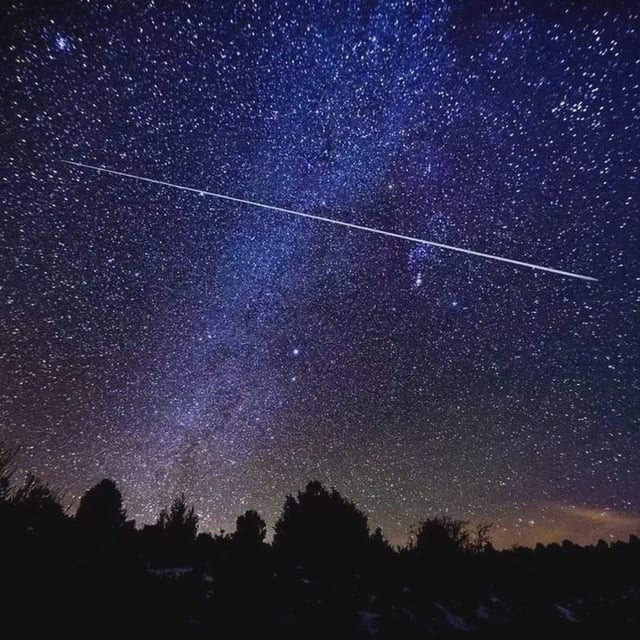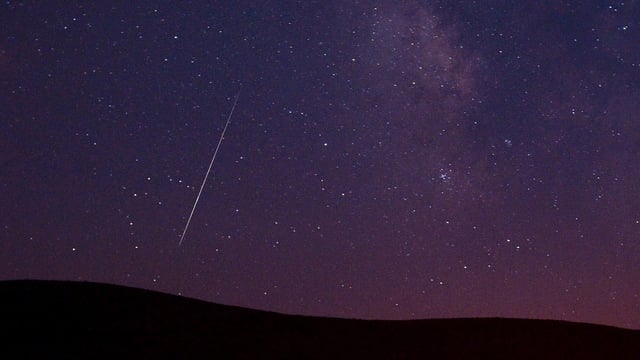Overview
- The Perseid shower runs from July 17 to August 23 with a peak on August 12–13 when a waning gibbous Sturgeon Moon is expected to reduce visible meteors by about 75 percent.
- Best chances for robust meteor counts occur during predawn hours from July 18–23 and again after the July 24 new moon when lunar glare is minimal.
- Skywatchers should lie back and scan the entire sky between midnight and dawn without binoculars or telescopes to catch swift meteors and bright fireballs.
- Late-July surges from the Delta Aquariids and Alpha Capricornids on July 29–30 offer extra shooting stars and vivid fireballs alongside Perseid activity.
- The Perseids originate from debris left by Comet 109P/Swift–Tuttle, with meteors streaking at about 37 miles per second and often leaving colorful trails brighter than magnitude –3.



